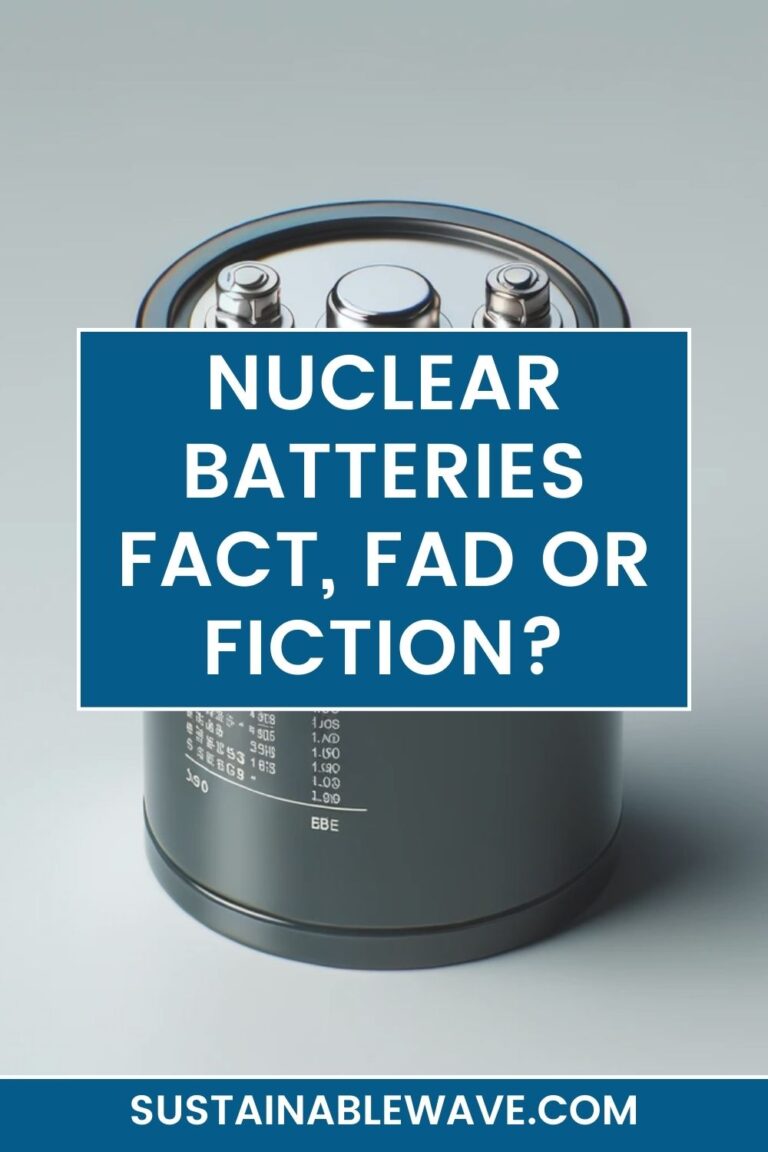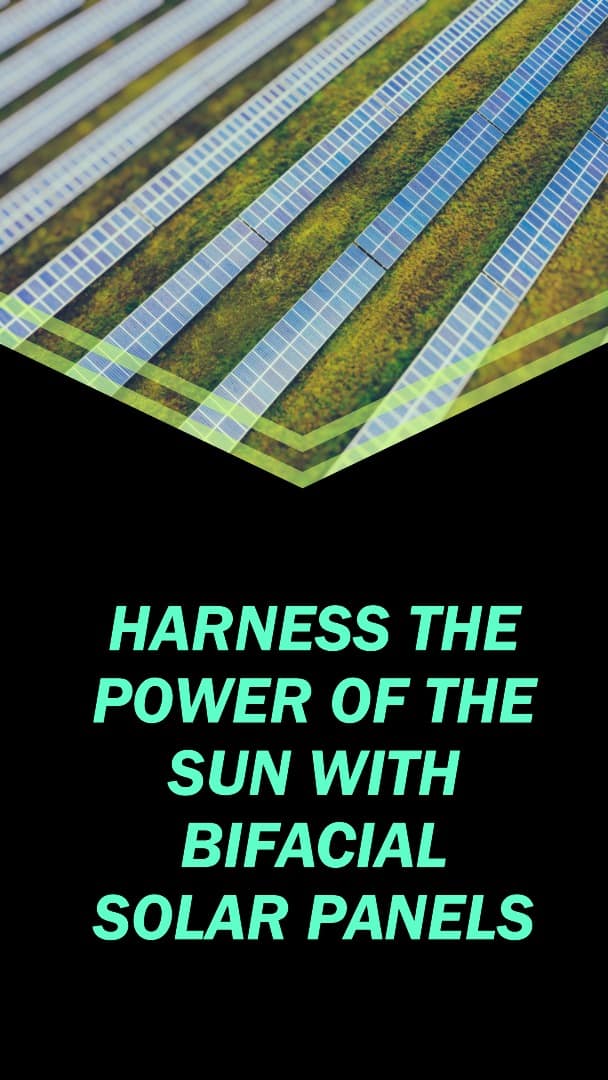As we seek innovative solutions to meet the world’s growing energy needs, an intriguing idea has emerged: Can we generate electricity from rainwater? While it may seem like a leap into the realm of science fiction, recent advancements suggest it could become a significant part of our sustainable energy landscape.
Rainwater, a natural resource, offers untapped potential beyond its traditional uses. This concept isn’t as established as solar or tidal wave energy but holds promise through emerging technologies like microgeneration turbines and piezoelectric materials. It’s a field where curiosity meets necessity, blending the wonders of nature with the ingenuity of science.
In this article, we’ll explore the fascinating journey of turning raindrops into a source of power, discussing the technologies, challenges, and potential global impact. As someone deeply interested in the future of renewable energy, I’m excited to delve into how this relatively new idea could reshape our approach to sustainable living.
Technologies Behind Rainwater Electricity Generation

In the quest to harness electricity from rainwater, two groundbreaking technologies stand at the forefront: microgeneration turbines and piezoelectric materials. These innovations mark a significant stride in renewable energy research, offering a glimpse into a future where every raindrop contributes to our energy needs.
Microgeneration turbines work by capturing and funneling rainwater. Picture a rainy day where each droplet, instead of simply nourishing the earth, plays a part in powering our homes and even small water purification systems. It blends nature’s simplicity with human engineering, turning the natural descent of rain into a source of energy.
Then there’s the marvel of piezoelectric materials, substances that generate electricity when pressure is applied. In the context of rainwater electricity, these materials come alive when raindrops strike a surface. Each drop’s kinetic energy, a gift from the skies, is transformed into electrical energy.
These methods aren’t just theoretical musings. Around the globe, institutions are bringing these ideas to life. The City University of Hong Kong, for instance, developed a droplet-based electricity generator (DEG) that can turn the energy of a single raindrop into enough electricity to briefly light up 100 small bulbs. Imagine that – a world where a single raindrop holds a flash of brightness.
Similarly, the Indian Institute of Technology (IIT)-Delhi designed a device that converts energy from raindrops, water streams, and even ocean waves into electrical power. This power can be stored and used later, illustrating the potential for rainwater electricity to integrate seamlessly into our daily lives. These devices, made from nanocomposite polymers and contact electrodes, can power small electronic devices, marking a significant step in eco-friendly energy solutions.
These technologies, while promising, are still in their nascent stages. They represent the infancy of a journey towards a world where rain doesn’t just mean a change in weather, but a spark of energy, a flicker of light, and a step towards a more sustainable future.
Challenges and Current Limitations of Generating Electricity From Rainwater
Despite the exciting possibilities, generating electricity from rainwater faces significant challenges. The core issue lies in the current technological limitations. Today’s methods capture only a fraction of the low-frequency kinetic energy present in rain, waves, and ocean tides. This inefficiency is a major roadblock, particularly when compared to the more mature technologies like solar and wind power.
Moreover, the sporadic nature of rainfall adds another layer of complexity. Unlike the steady flow of a river or the consistent blaze of the sun, rain is unpredictable and varies greatly in intensity and frequency. This inconsistency poses a challenge in harnessing a reliable and continuous energy supply from rain.
Research in this field is still in its infancy, especially when stacked against other renewable sources. The focus on more established methods like tidal and solar energy means rainwater electricity generation hasn’t received the same level of attention or investment. This lack of research further hampers the development of more efficient and practical systems.
Advances in Rainwater Electricity Generation
In response to these challenges, significant advances are being made in rainwater electricity generation. The introduction of triboelectric nanogenerators (TENGs) has revolutionized the field. These devices harness electricity from the interaction between raindrops and solid surfaces, marking a major leap in efficiency and practicality.
A notable advancement is the development of droplet-based TENGs (D-TENGs). Researchers have explored ways to connect multiple D-TENG panels, similar to solar panel arrays, enhancing their efficiency in harvesting raindrop energy. This innovation addresses the problem of inconsistent energy supply, bringing us closer to a more reliable rainwater-based power source.
Moreover, the introduction of bridge array generators marks a significant improvement. These generators use array lower electrodes to reduce the influence of coupling capacitance between panels, thereby increasing the output power. This advancement is crucial in maximizing the energy harvested from each raindrop, pushing the boundaries of what’s possible with this technology.
Global Impact and Future Prospects
The potential global impact of successfully harnessing electricity from rainwater is immense. As the world deals with the dual challenges of increasing energy demand and the need for sustainable solutions, rainwater electricity could emerge as a key player. Its ability to provide clean, renewable energy aligns perfectly with global efforts to reduce carbon emissions and combat climate change.
Countries with high rainfall could particularly benefit from this technology, turning a natural and frequent occurrence into a valuable asset. Moreover, its application in remote or underdeveloped regions, where traditional energy infrastructure is lacking, could be transformative, offering a new avenue for energy independence and development.
Looking ahead, the future of rainwater electricity generation is bright with promise. Continued research and development are likely to yield more efficient and practical systems. As these technologies mature, we could see a paradigm shift in how we view and utilize rainwater, not just as a resource for agriculture or water supply, but as a pivotal component of our renewable energy landscape.
Key Takeaways From How To Generate Electricity From Rainwater

The exploration of generating electricity from rainwater opens up an innovative avenue in the realm of renewable energy. This emerging concept holds significant promise as a sustainable energy source, leveraging the natural and abundant occurrence of rain.
Technological advancements are at the core of this potential revolution, with developments like microgeneration turbines, piezoelectric materials, and triboelectric nanogenerators (TENGs) leading the charge. These technologies capture the kinetic energy of raindrops, transforming them into a viable source of electricity.
However, this promising field is not without its challenges. Efficiency limitations and the inherently unpredictable nature of rainfall present significant hurdles. These challenges underscore the nascent stage of this technology, where potential is abundant but practical application is still developing.
Despite these obstacles, the global impact of rainwater electricity generation could be profound, particularly in regions with high rainfall and limited access to traditional energy infrastructure.
As research and development continue, there is a strong prospect that rainwater electricity generation will evolve into a more efficient and widely adopted renewable energy source. This advancement could play a crucial role in the global shift towards sustainable energy solutions, redefining how we harness and utilize the natural resources around us.
I’m Thomas, the owner of SustainableWave. Passionately promoting a sustainable planet. With experience in various eco-roles, I’ll share green tips, sustainability hacks, and personal eco-journeys on my blog.






